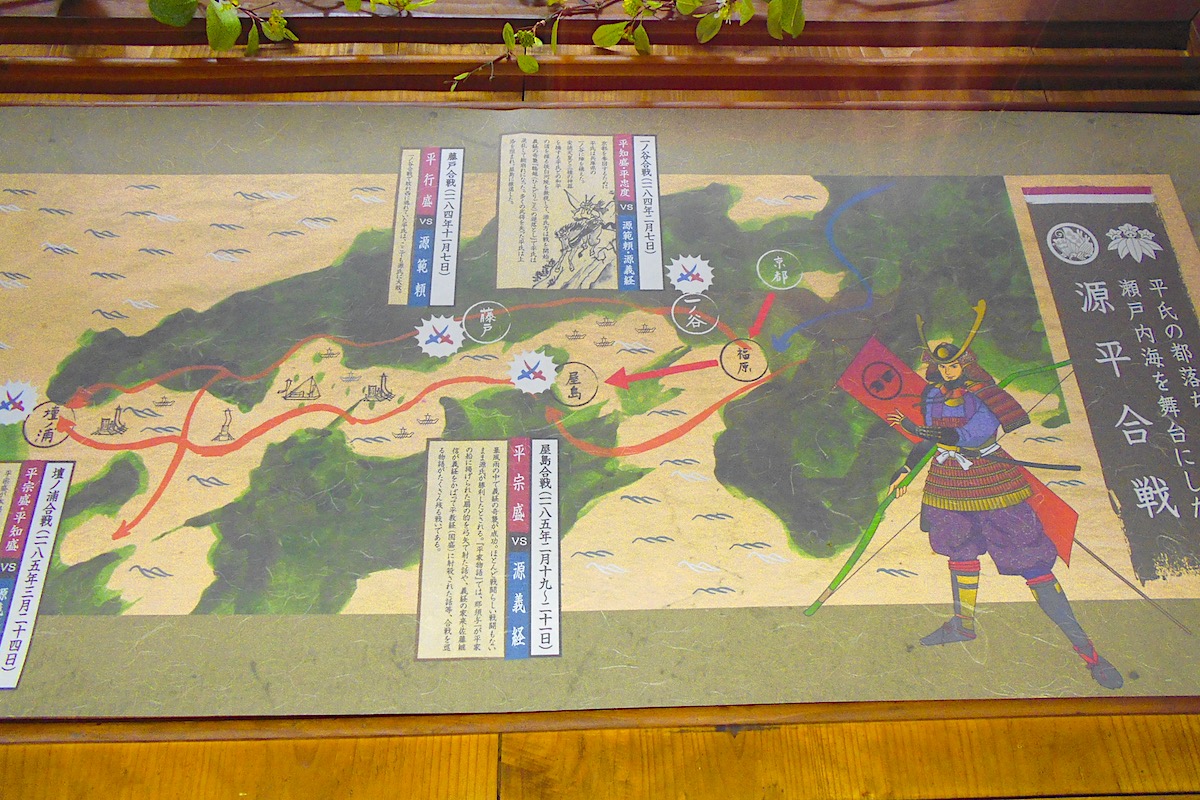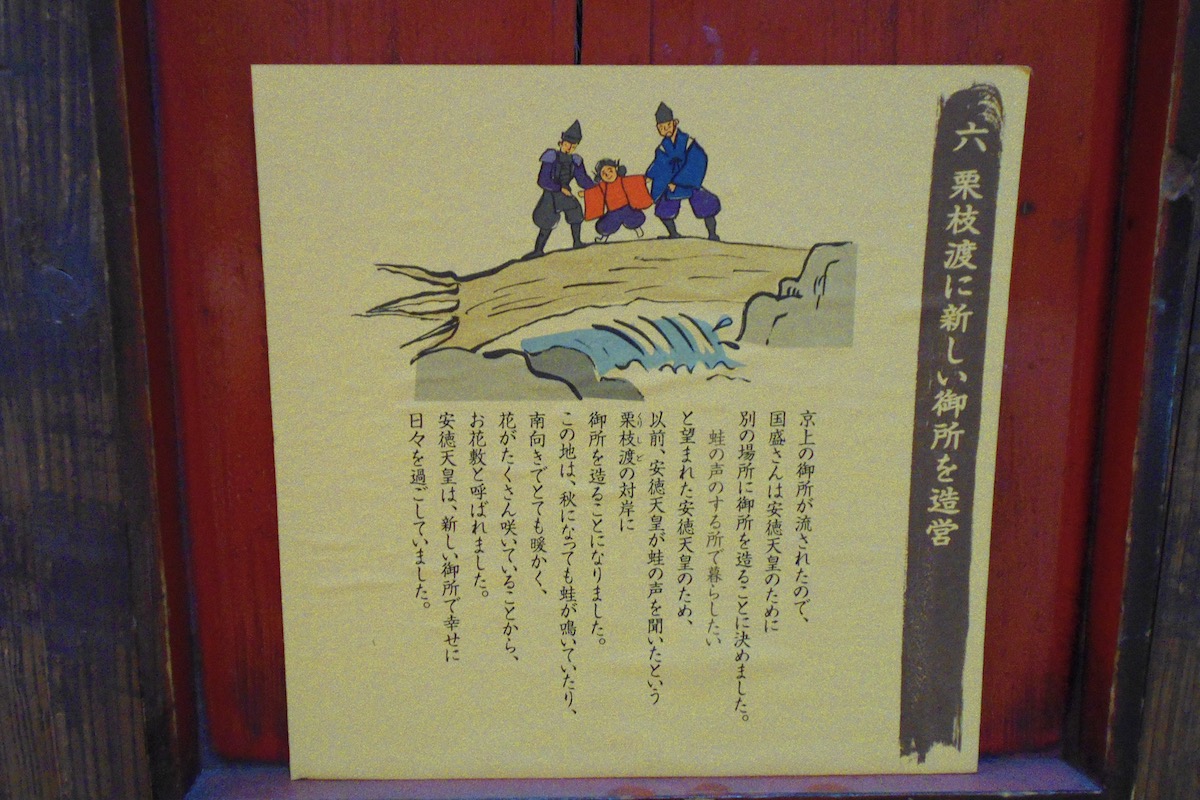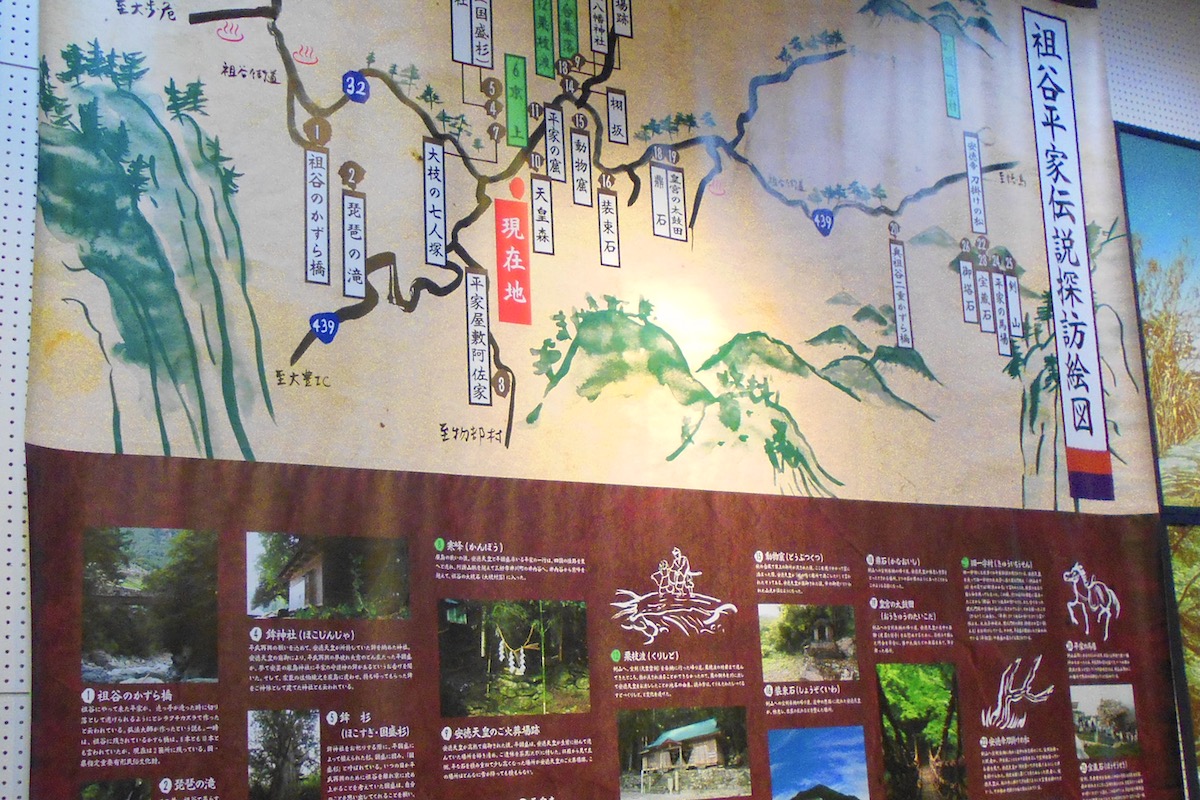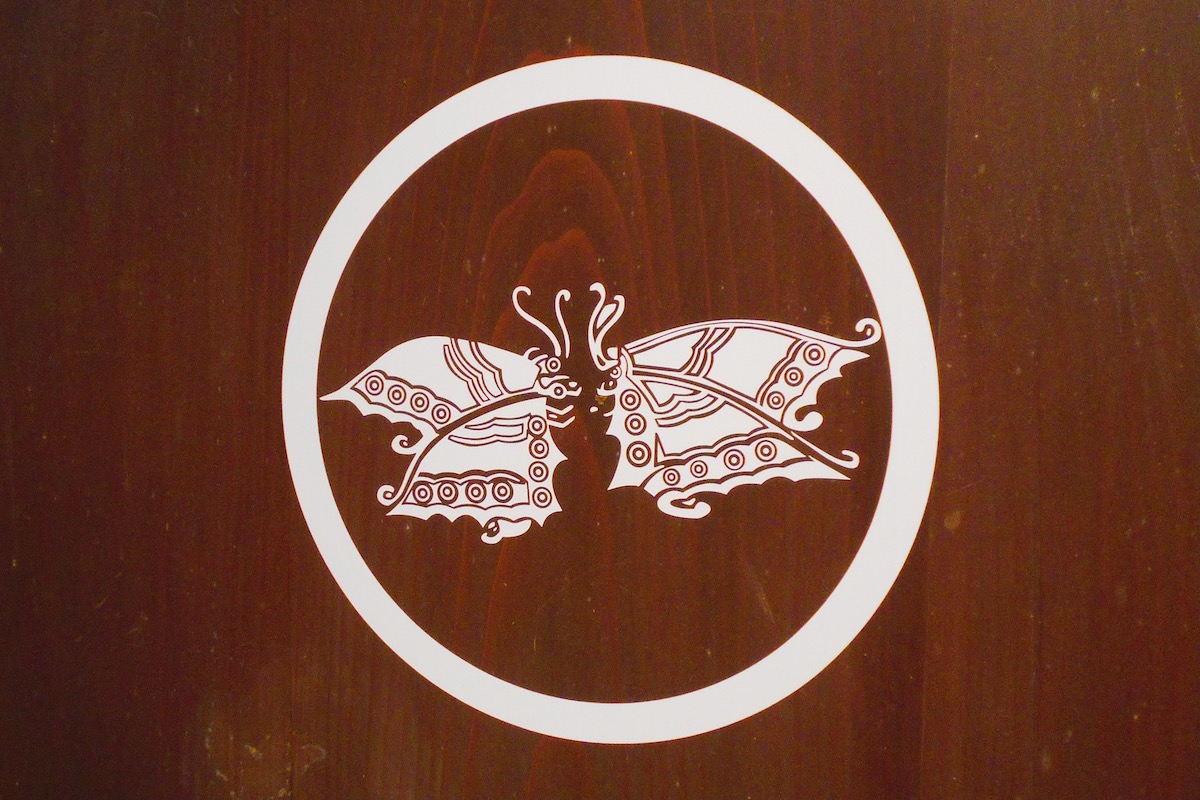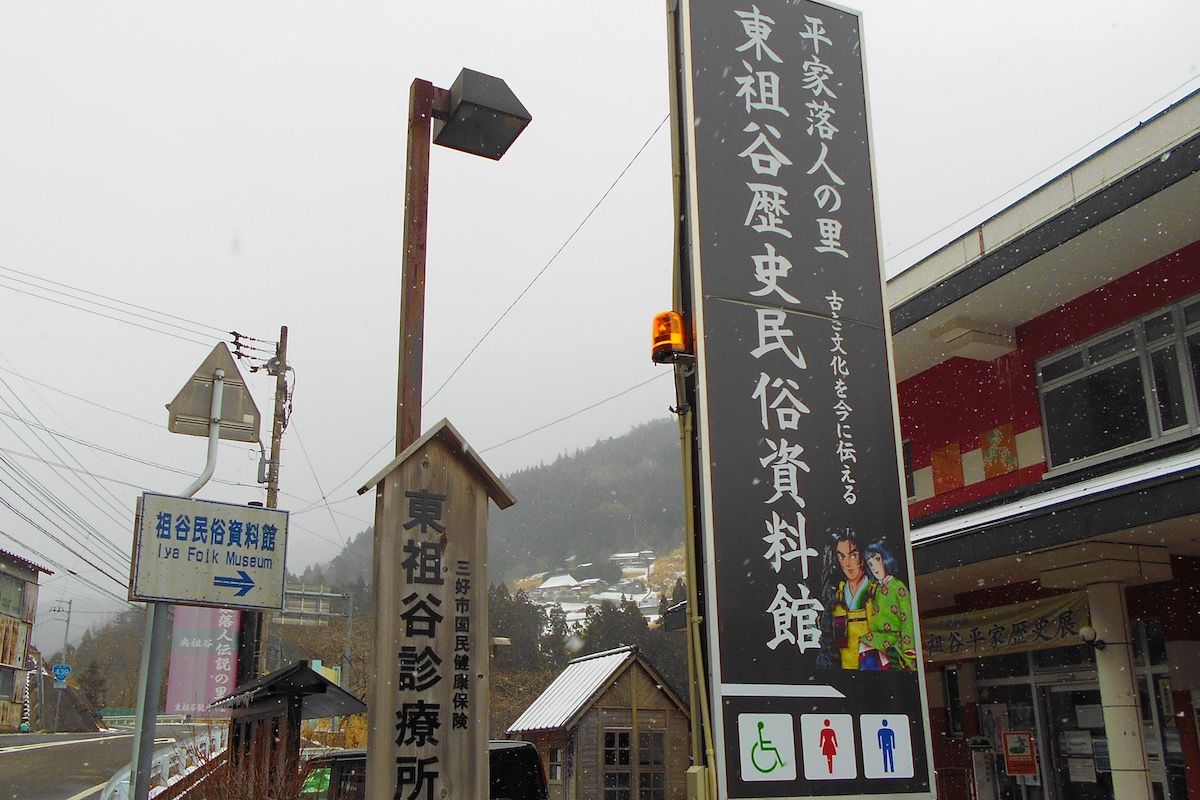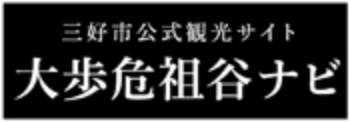Discovering Iya’s Past -Part 3 | The Higashi-Iya Museum of History and Folklore
2022.02.18
People have been living in Miyoshi City’s Iya Valley for hundreds of years, and over the centuries the residents have developed their own culture and traditions. The Higashi-Iya Museum of History and Folklore is a great place to learn about Iya’s rich and enduring heritage.
Tales of the Heike
The Iya Valley is known for being one of the “Three Most Hidden Regions” of Japan, and there are many legends regarding how and why people settled in such a remote place.
Probably the most famous story of settlers is of the fugitive samurai from the legendary Heike Clan, and many artifacts are on display at the museum which document their presence here.
According to Japanese history, the Genpei War took place in the 12th century between the ruling Heike clan and the rival Genji clan.
The conflict raged for years, and in one of the final battles which happened on the northern coast of Shikoku, the Heike warriors were defeated and supposedly their young emperor Antoku was also killed.
A Secret Place to Hide
However, legends say that many of these defeated samurai fighters fled after the battle, and it is understood that many of them settled in the Iya Valley due to its natural isolation within the surrounding mountains.
Moreover, it is also believed that the boy-emperor Antoku didn’t actually die during the battle, but was instead secretly taken to the Iya Valley by the Heike Samurai in order to keep him safely hidden.
Though people were already living in the Iya Valley when the Heike arrived, it is understood that these more powerful samurai quickly took charge of the area and influence much of the Iya culture thereafter.
The story of the Heike coming to the Iya Valley and the fate of emperor Antoku is recounted in full in the museum (with English translations) and for those seeking even more, a large map also details the location of various historic sites in Iya linked to the Heike.
A Source of Pride
There are also several artifacts on display which show evidence of their presence, the most impressive of which being the large Heike battle flags.
And upon one of the flags is the iconic twin butterfly crest of the Heike Clan, which is now the official symbol of the Iya Valley.
For certain, the Higashi-Iya Museum of History and Folklore is a fantastic way to not just understand the legends of the Iya Valley, but also a way to understand the heritage and lifestyles of its modern-day residents.
The museum is located in the central Kyojo section of Higashi-Iya and is open daily from April to November, but from December to March it is closed on weekends and holidays, as well as Wednesdays.
The admission fee is 410 yen for adults (children 100 yen) and the hours are from 10am to 4pm.
For more info about the museum and bus access details, check the IyaTime website:
https://www.iyatime.com/higashi-iya-museum-of-local-history-and-folklore
(Text & Photos by: Shaun Lamzy)
Related Posts
-
Exploring Oboke Gorge – Part 2 | A Place for Food, Fun… and Monsters?!
The thrilling cliffs of Oboke Gorge are formed by the mighty Yoshino River as it cuts its way throug
2023.03.21
-
Exploring Oboke Gorge – Part 1 | A Natural Wonder of Miyoshi City
The mighty Yoshino River flows across much of Shikoku, and as it cuts its way through the rugged mou
2023.03.20
-
Iya Kanko Ryokan – Part 3 | Inheriting the Tastes of the Iya Valley
Just a few minute walk from the famed Kazurabashi Vine Bridge, the Iya Kanko Ryokan has been welcomi
2023.03.19
-
Iya Kanko Ryokan – Part 2 | A Family-Run Business Where Life is a Juggle
The Kazurabashi Vine Bridge is one of the most renowned sights of the Iya Valley, and just a couple
2023.03.18
-
Iya Kanko Ryokan – Part 1 | A Traditional Inn near the Kazurabashi Vine Bridge
Acclaimed as one of Japan’s Three Unusual Bridges, the Kazurabashi Vine Bridge is one of the most fa
2023.03.17
-
The Shikoku “Yukigassen” Snowball Fight – Part 2 | The Heat of the Battle in Icy Conditions
The 19th annual “Yukigassen” Snowball Fight Tournament was held recently in the deep mountains of Mi
2023.02.19










